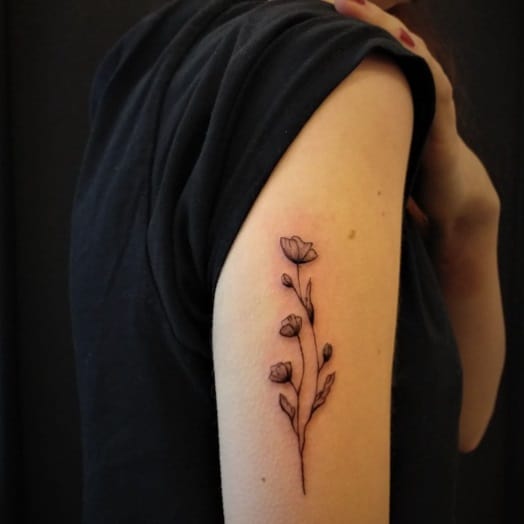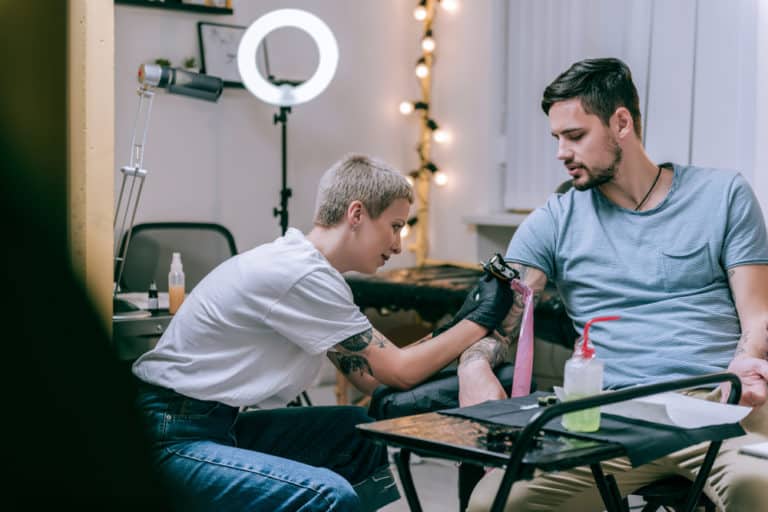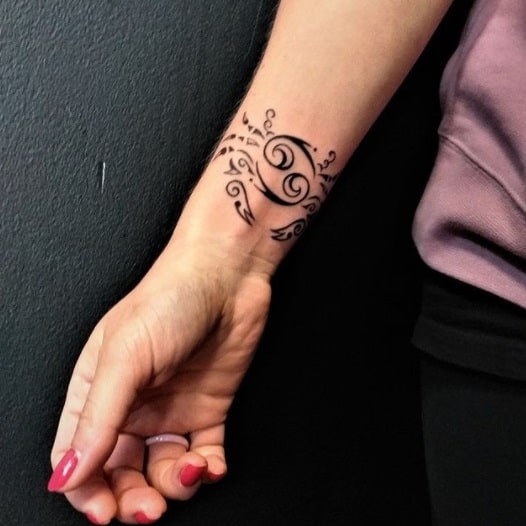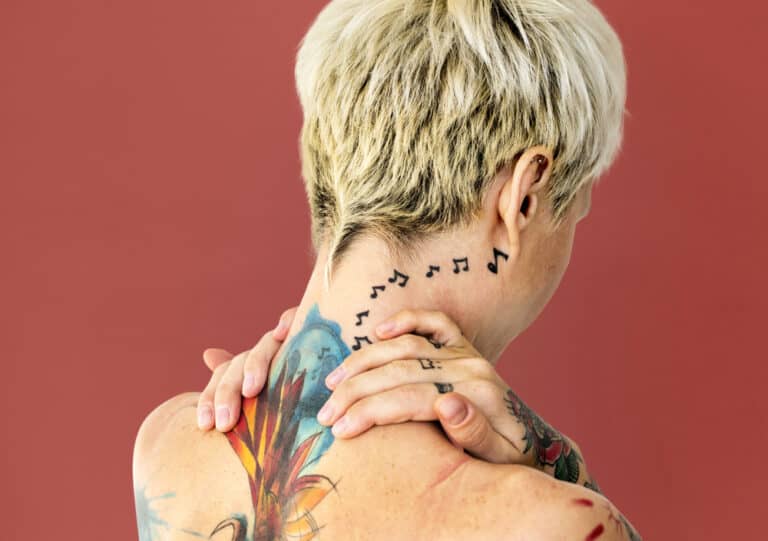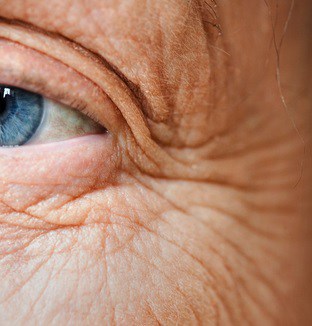Should You Take Painkillers Before A Tattoo?
Painkillers, as the name suggests, are known to alleviate pain. Experts agree that although painkillers temporarily assist with easing the pain on the other end of the spectrum, not all are good choices. Depending on your pain threshold, a tattoo can be a painful process. How can you help ease the pain? Should You Take Painkillers Before A Tattoo?
Deciding painkillers before a tattoo is dependent on your pain threshold. Most people who get inked claim that pain is part of the experience. To ease your fear of needles, you can take a painkiller but ensure that you stay clear of Ibru fen or Aspirin, which can thin your blood and cause clotting.
If you are getting a tattoo for the first time, you may be curious about the pain. Many Stigmatophiles claim that their love of tattoos stems from the pain associated with the experience, a so-called “adrenalin rush.” To broaden your knowledge, I will list the pain associated with tattooing on different body areas and guide you on the painkillers.
Pain Associated With Tattoos
According to studies, 38% of people between 18- and 29 years have had a tattoo. These numbers are rapidly increasing, and more than 50% of these statistics are repeat clients.
The tattooing process is a painful experience as it involves repeatedly piercing your skin’s top layer with a sharp needle. After the first experience, I am sure many vows never to return, but why do they keep going back despite the pain?
The beauty of tattoos goes far beyond the pain; for most, it is reflective of a journey, a life experience, an expression of oneself, in memory of a loved one, a special occasion, or perhaps just the simple reason of wanting to display an art form on a live canvas.
The pain associated with tattoos can differ based on the person’s threshold, age, sex, style, and physical history. The size of the tattoo, the artist’s technique, or even the preparation technique. My tattoo artist has verified that pain varies based on the location of the tattoo.
After chatting to other friends that have had a tattoo, I put together some pains that may be associated with tattoos. The pain is often unexpected in the tattoo process. I would have appreciated this information to have a guideline on what to expect and how to prepare. Besides, you can never be fully ready for the pain. Knowledge is vital.
A Burning Sensation
A raw and sensitive tattoo may experience something hot pressed against the skin in the tattoo area. You need to apply ointment, take anti-inflammatories, and drink ample water.
The Numb Pain
You may experience numbness in the tattoo area. Numbness is natural as the tattoo heals. You may also feel that at a specific time, the pain intensifies.
Scratching Pain
Scratching pain is widespread pain; you will find that the tattoo tends to dry out as it heals. You will have an urge to scratch the area; avoid this as it will affect the healing process. Scratching can lead to scarring and redness and further intensify the pain. Try to apply some ointment, wrap a bandage around the area, and avoid scratching.
A Sharp, Stingy Sensation
This type of pain is one of the worst types of pain. It is expected after the tattoo but tends to ease off as it heals. Invest in some suitable pain medication and anti-inflammatories. Seek medical attention if the pain persists.
Many people have expressed that they have not felt the actual pain during the process but find that the pain resurfaces after the procedure. Perhaps it is due to their high pain threshold or the quickness of the needle.
Levels Of Pain Associated With Tattoos
Tattooing can be painful, with approximately 10-15 needle drops per second. Everyone experiences pain; differently; the tattoo’s placement can be a substantial contributing factor to the amount of pain one experiences. I have listed the pain levels in different body areas, which will help guide you on your decision and what to expect.
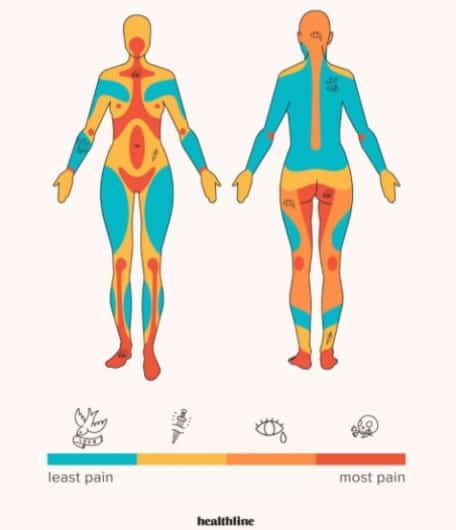
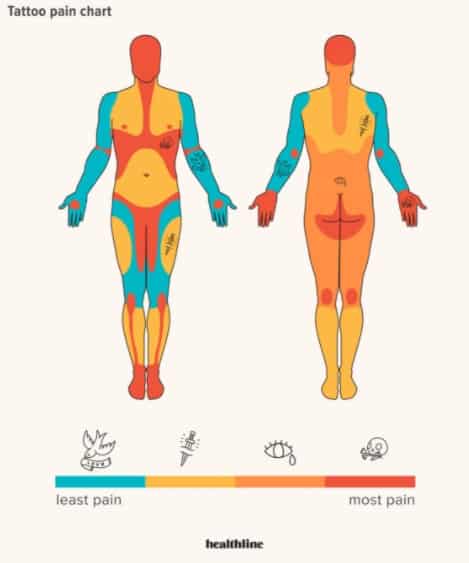
| Part Of The Body | Level Of Pain | Reason |
| Armpit | High | The armpit tattoo is the most painful—also an awkward location |
| Rib Cage | High | The skin around the ribs is fragile. Due to less fat and more bone structure, you can experience more pain. |
| Ankles & Shins | High | Ankles and Shinbones appear beneath thin layers of skin. |
| Nipples & Breast | High | Susceptible area. |
| Groin | High | It consists of nerve endings that can be irritated by needles. |
| Elbows Or Kneecaps | High | Vibrations of tattooing can cause high pain as the bone appears beneath the skin. |
| Behind The Knees | High | Loose, stretchy skin with nerve endings describes the skin behind your knees, a sensitive area for tattoos. |
| Hips | High | The location of the hip bone beneath the skin can cause severe pain, especially if you are thinner and there is no fat to cushion the needle. |
| Neck & Spine | High | Susceptible area. |
| Head, Face & Neck | High | It consists of many nerve endings that can be irritated by tattoos. Not much cushioning in these areas. |
| Lips | High | The groin is a sensitive area with a lot of nerve endings. |
| Hands, Fingers, Feet & Toes | High | Skin in these areas is fragile with nerve endings. |
| Stomach | High | You may experience high pain due to the loose skin on the stomach. |
| Inner Bicep | High | Skin is loose and can take longer to heal. |
| Upper Outer Thigh | Low To Moderate | Padded with fat and has few nerve endings. |
| Forearm | Low To Moderate | Lots of muscle and thick skin on the forearm. |
| Outer Shoulders | Low To Moderate | Have thick skin with nerve endings. |
| Outer Bicep | Low To Moderate | Outer biceps have muscles with a lot of nerve endings. |
| Calves | Low To Moderate | Calves have a significant amount of fat and muscle and a few nerve endings. |
| Upper And Lower Back | Low To Moderate | Skin is thick with few nerve endings. |
What Are The Best Pain Killers For Tattoo Pain?
Although the question is a bit of a puzzle, many people strongly advise against consuming painkillers before a tattoo due to the side effects that some medications may have. They also believe that feeling the pain is part of the experience. There have also been reports that those who did take painkillers felt more pain during the tattoo process than those that did not. A so-called “Rite Of Passage.”
However, others would prefer to take some painkillers for ease of mind. If you are one of these people, the below might be an option. Although I may have suggested these, I am not medically trained and cannot legally prescribe medications or give medical advice. My suggestions are purely based on experience.
- Tylenol
- Vicodin
- Percocet
- Acetaminophen- One that I used was the Kirkland Signature Extra-Strength Acetaminophen – which is available on Amazon.
What Else Be Used To Ease Pain Other Than Painkillers?
The other alternatives would be,
Numbing Cream – Most people would say it is a bit of a godsend, but a tattoo artist will need to be consulted, as the user might depend on the tattoo’s placement. I used the Asper crème Odour Free Tropical Analgesic Cream, available on Amazon.
After I used the numbing cream, I came across an interesting article about the legal ramifications of using numbing cream; perhaps you might want to take note of this before considering.
What Does The Law Say About The Use Of Anaesthetics?
An anesthetic is a substance that induces insensitivity to pain. People typically use numbing creams, spray, and gels as an anesthetic in the tattoo process. Here is what the law has to say about its usage.
The Local Authorities’ advice concerning anesthetics is particularly relevant to tattooists. All clients should experience a certain degree of pain in the tattoo process. Illegal administration of local anesthetic is not permitted; local anesthetic injections are only allowed by medically qualified practitioners (doctors/dentists).
According to the Medicines Act documented in 1968, externally applying topical anesthetics (creams/gels/sprays) to clients can be deemed an offense. Based on legislation, only persons who hold a product license (generally pharmacists) may supply these products in medical applications.
Their administration by Body Piercers, Tattooists, or Therapists on clients for cosmetic purposes can therefore be deemed an offense. Please do not self-administer any Topical anesthetic before your tattoo; it would be advisable to get medical advice before the process.
How Long Before A Tattoo Can A Painkiller Be Taken?
If you have opted to take a painkiller before a tattoo, the chances are you are aware of the possible side effects. At the same time, you should take most painkillers an hour before the procedure. It is crucial to consider your medical history and weight to determine the appropriate dosage and the waiting period. It would be best to reconfirm with your pharmacist.
Side Effects Of Taking Painkillers Before A Tattoo
It may seem appropriate to take painkillers before a tattoo to dull some of that pain, but some might have an adverse effect that can affect the outcome of the tattoo.
Ibru fen and Aspirin are two of the commonly known painkillers that can thin your blood and prolong the tattoo process. Aspirin is known to cause extra bleeding during the process and delay the process of healing, causing your tattoo to look faded after recovery.
Medical Conditions That Might Affect A Tattoo
It is critical to speak to your tattoo artist before the tattoo process if you are on medication or have allergies. Here are some of those medical conditions.
Diabetes
The tattoo healing process can be slowed down due to diabetes. It would help if you took extra precautions, so you do not develop an infection. You will need to follow the aftercare routine for an extended period.
Steroid Medication
Using steroids can slow down your healing process. Let your tattoo artist know if you use any topical steroid medication at the consultation.
Eczema / Psoriasis
The tattoo process might trigger an outbreak if your skin is sensitive to eczema or psoriasis. You should wait for it to pass before tattooing if this is your current skin condition. Spots developed after the tattoo might be due to typical irritation.
Immuno-Suppressant Medications
If you are on any Immuno-suppressants to treat any medical conditions, including Cancer and In Vitro Fertilisation, it is advisable to wait until the medication is out of your system before being inked. The effect of these medications is that it suppresses your immune system, which will harm the healing process.
How To Minimize Tattoo Pain?
Apart from painkillers, there are also other ways to minimize tattoo pain. I have put together some tips that will hopefully help reduce the pain.
- Take breaks if the pain becomes intense. You can liaise with your tattoo artist in this regard. Ensure that you choose a tattoo artist that has a certification. Also, request to check the type of equipment he uses beforehand.
- Before the tattoo process, try to avoid eating.
- It is essential to follow a tattoo aftercare routine such as washing the tattoo and the application of ointment and moisture to reduce pain and the risks of complications.
- Before the tattoo process, ensure that you have enough rest and sleep.
- Alcohol can thin your blood; it is advisable to avoid it, leading to bleeding and bruising and causing further pain. Try to stay hydrated and ensure that you keep your skin supple to reduce the pain of a tattoo.
- Apply a tattoo numbing cream or spray beforehand, which will help reduce the amount of pain experienced. You can purchase these products online on Amazon.
Conclusion
Taking painkillers before a tattoo does not necessarily mean that you will not experience any pain. There has even been a discussion of some experiencing more pain when they took painkillers before a tattoo than those who did not.
A tattoo is a painful process; why take a painkiller and risk the chance of possible side effects. Why not capitalize on the experience by abstaining from taking any painkillers before the tattoo. Instead, incorporate painkillers into your aftercare routine.
Some of my favorite designs, tattoo books, and aftercare products, selected for you
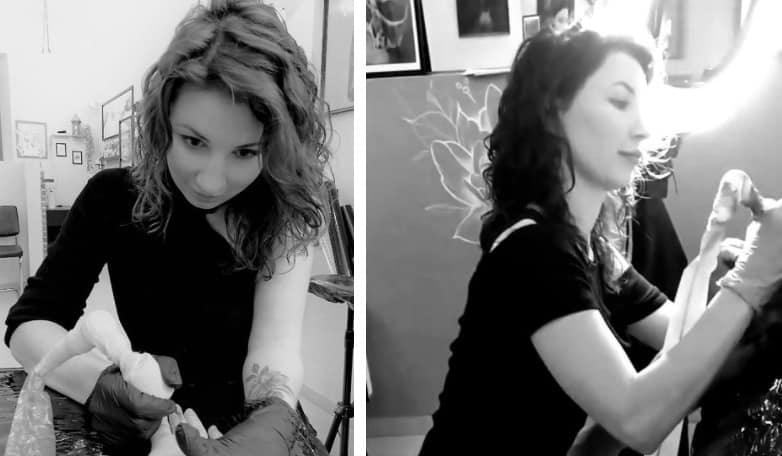
Thank you for reading my article, I hope that you have found it helpful. If you would have trouble finding ideas for your tattoo, wonder what is meaning of design that you have found or what to buy for aftercare, to make sure that your tattoo will be healing quickly and easily, here are some of my favorite products in one place, hope that this will also help.
Design and tattoo ideas
For some ideas you can have a look at those 3 books with hundreds of designs that I use with my clients, they are available on Amazon for Kindle or in classic, paper version (links below):
- Great Book of Tattoo Designs, Revised Edition: More than 500 Body Art Designs (Fox Chapel Publishing) Fantasy, Celtic, Floral, Wildlife, and Symbol Designs for the Skin by Lora Irish
- The Big Book of Small Tattoos – Vol.1: 400 small original tattoos for women and men by Roberto Gemori
- Tiny Tattoos: Over 1,000 Small Inspirational Artworks by Rebecca Vincent.
Tattoo meaning
If you would like to read more about the meaning of different tattoo styles and designs before you will decide what you would like to have, I can recommend a book that was really useful for me when I was starting my tattoo adventure – it’s “Conscious Ink: The Hidden Meaning of Tattoos” by Lisa Barretta (through the link you can find it on Amazon for around $10).
Tattoo aftercare
The skin at the tattoo site often dries out. To prevent it and speed up healing for my clients, I usually recommend one of those tattoo aftercare balms (you can find them on Amazon):
References
- https://www.webmd.com/pain-management/pain-medication-side-effects/
- https://www.healthline.com/health/body-modification/pain-tattoos-chart#_noHeaderPrefixedContent/
- https://www.quora.com/Why-do-people-get-tattoos/
- https://rightasrain.uwmedicine.org/life/leisure/thinking-getting-tattoo-heres-what-you-should-know/
- https://www.healthline.com/health/do-tattoos-hurt/


